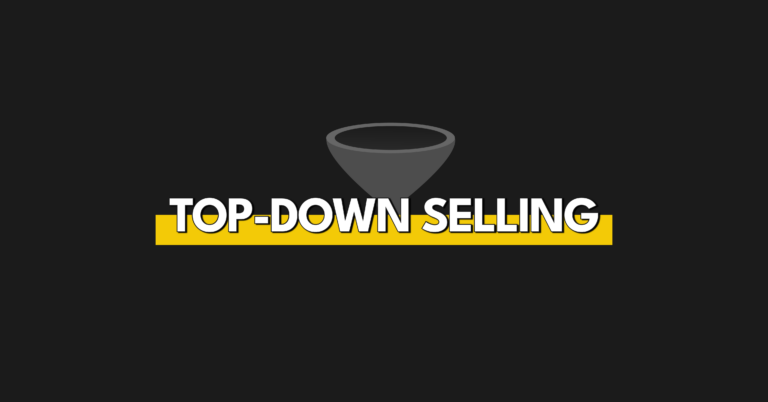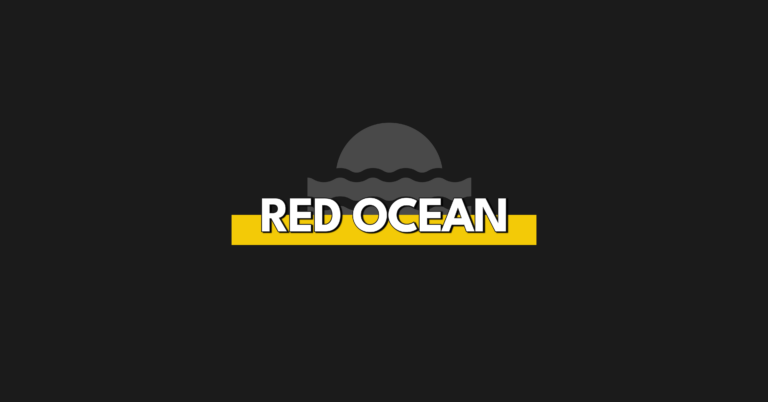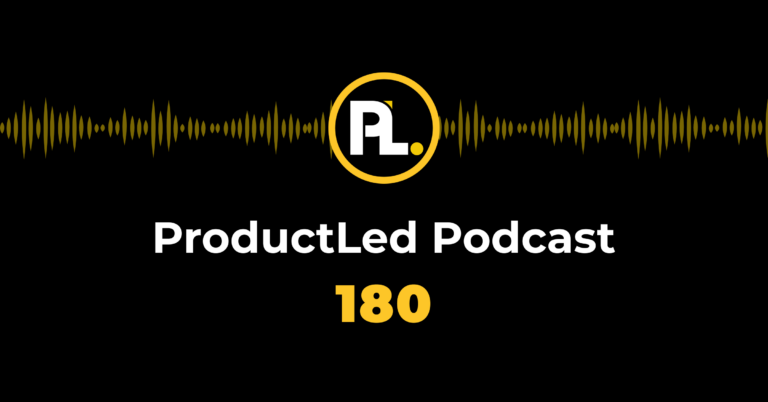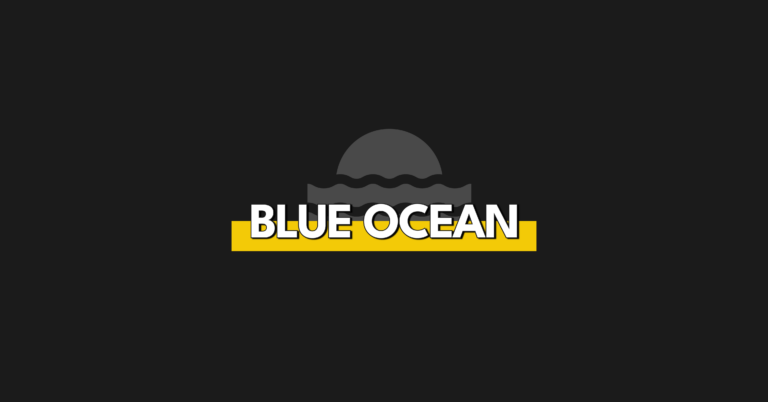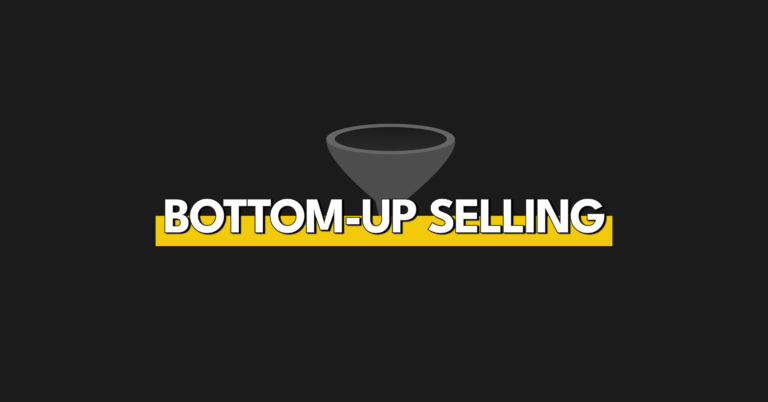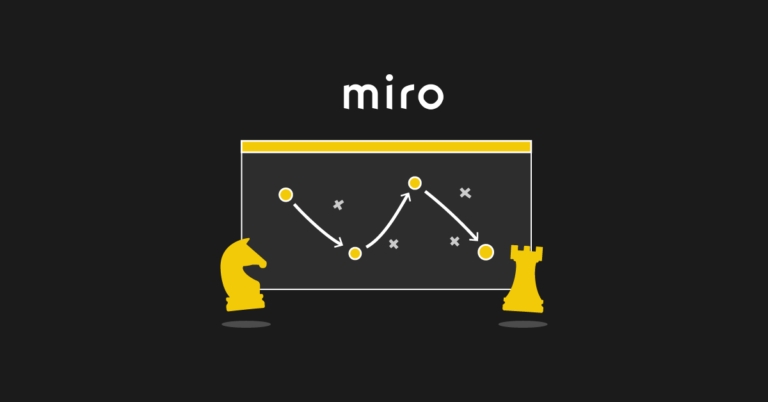Time and again, I’m asked this very question: Is product-led growth right for my business?
The answer? It depends.
Today, I’m going to show you a new way of thinking through this very question as a business owner.
Let's dive in.
What you need to think about
Let's look at the two main questions you need to ask yourself when deciding whether or not to build a self-serve revenue model.
The first one is: What is your vision?
The second one is: Who is your ideal user?
These may seem like simple questions, but they will give you a ton of clarity into whether a self-serve option makes sense for your business.
Let’s start with the first question.
What is your vision?
Let’s say you’ve got a design app. Right now, you’re doing everything manually. You're onboarding people. You're showing them how to make a poster within your app and all that stuff.
But your vision is to make design accessible to everyone. Which means it must be effortless.
So while the manual stuff is a drag right now, the goal is for PLG to be the backbone of your business.
On the other end, let’s say you’re a highly technical solution that provides accounting, resource planning, HR, and supply chain management solutions for Fortune 100 enterprises.
Since your vision is a product that is highly customized to each user, you’ll likely need to hop on a call with them to sort through those details.
This is why vision is the first component of The ProductLed Method. It’s the baseline that will really help you uncover whether PLG is the right path forward.
Let's look at the next question.
Who is your ideal user?
If you’re not clear on who that is, I promise you the path forward is going to be a lot harder to choose. Because your ideal user is going to let you know whether a self-serve option is best for them.
Is your ideal user tech-savvy enough to set up your product?
Does your ideal user have the bandwidth to try out your product?
Let’s go back to the design app. Anyone can easily create an account, and start designing a poster. So a free trial or freemium model makes sense.
But say your product is a complex solution for enterprises; migrating to a new payroll and HR system for 1,000+ employees – it typically requires a lot of configuring on the back end before it’s operational. It would be difficult for a user to set up a new payroll software and see its value during a 7-day free trial.
In this case, the enterprise might actually want a sales rep to walk them through the purchasing process.
This is why dialing in on your ideal user is very important. Not only does it make your product easier to sell, but it clarifies whether a self-serve approach makes sense for them.
So by now, you know that both your vision and user are two components you need to factor in when deciding whether the PLG path is right for your business. By the way, if you need a refresher on nine components that make up a successful product-led business, be sure to read this that details the ProductLed Method.
Now let's take a look at examples of companies that have taken a product-led, sales-led, or hybrid approach to really drive this point home.
Product-Led Growth Example: ConvertKit
ConvertKit is an email marketing platform. Their vision is to help creators earn a living online.
Their ideal user is an online creator, such as a blogger or YouTuber.
This ideal user is likely highly driven and has a lot of experience with technology already. It would be easy for them to create an account, upload their contacts, and send an email directly to their list – all without any hand-holding. This aligns perfectly with their vision of helping creators earn a living online.
So a self-serve approach makes a lot of sense in this case.
Sales-Led Growth Example: Optimizely
Next, let’s look at Optimizely, a website experimentation tool. Their vision is to make delivering sophisticated experiences simple, so every team is empowered to unlock potential and achieve outsized outcomes.
Their ideal users are professionals in marketing, development, and product management.
If we look at their vision, Optimizely wants to make delivering sophisticated experiences simple. But the product itself is complex to set up, and implementation is highly technical and requires a lot of upfront effort to get it running. So while they have a professional tech-savvy user, those users probably don’t have the bandwidth to set it up and understand how to use the product before they can see its value.
In this case, a sales-led approach makes the most sense.
Hybrid Approach: Slack
Finally, let’s take a look at Slack.
Their vision is to make work life simpler, more pleasant, and more productive.
Their ideal user is anyone with a team or community to communicate with formally.
Any professional can easily set up a Slack account, add coworkers, and start sending messages without talking to anyone. This aligns perfectly with their vision and ideal user. But to expand to the enterprise level, they need to manually reach out to users and teach them about specific features that will make their work life better.
In this case, a hybrid approach makes the most sense for them.
In Conlusion
To recap, ask yourself:
Number 1, what is your vision?
And…
Number 2, who is your ideal user?
Being crystal clear on both of these will help you uncover whether PLG is right for your business.
I'm not here to tell you if PLG is right or wrong for you. I don't believe in right or wrong.
It’s honestly what makes the most sense for your specific business.

